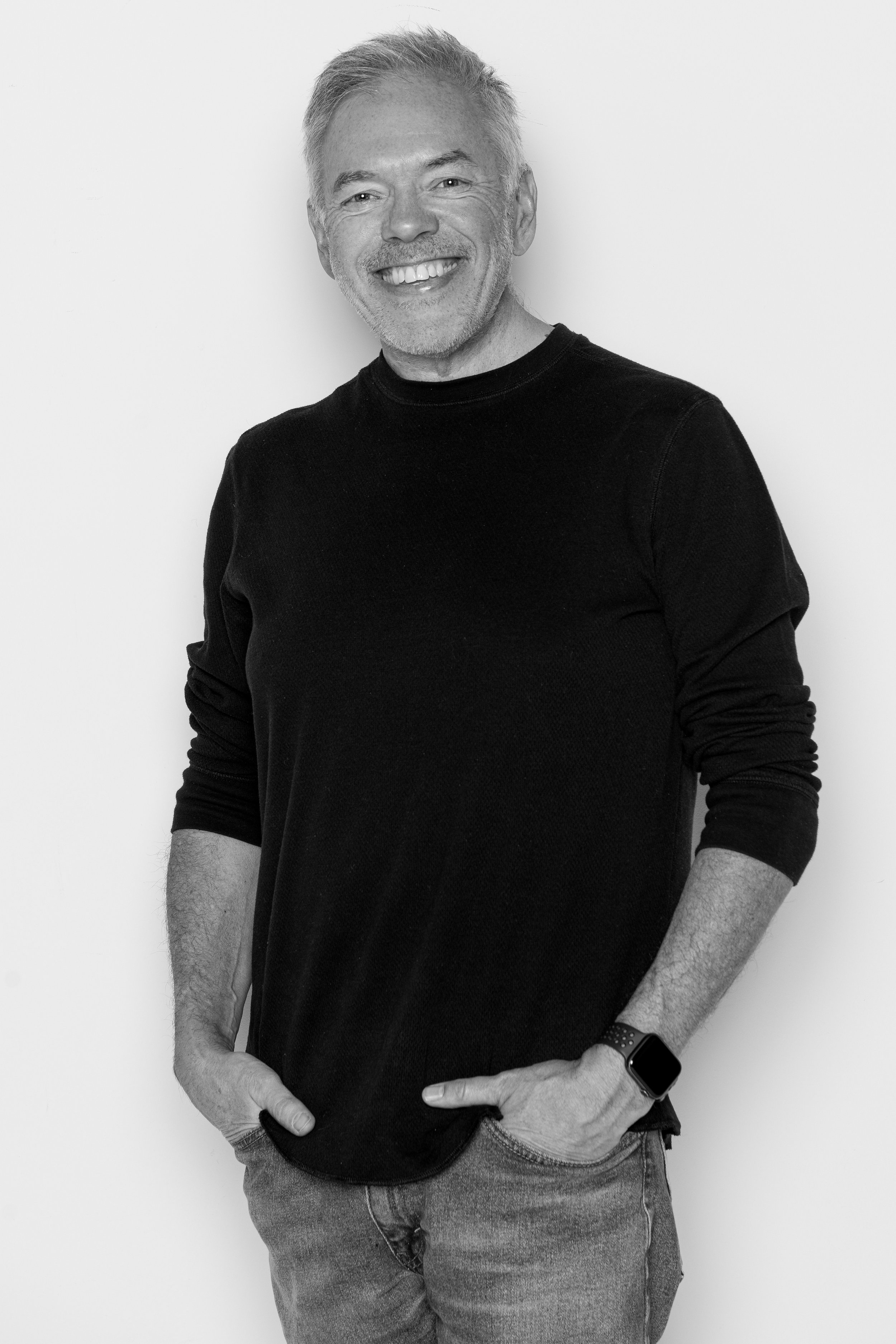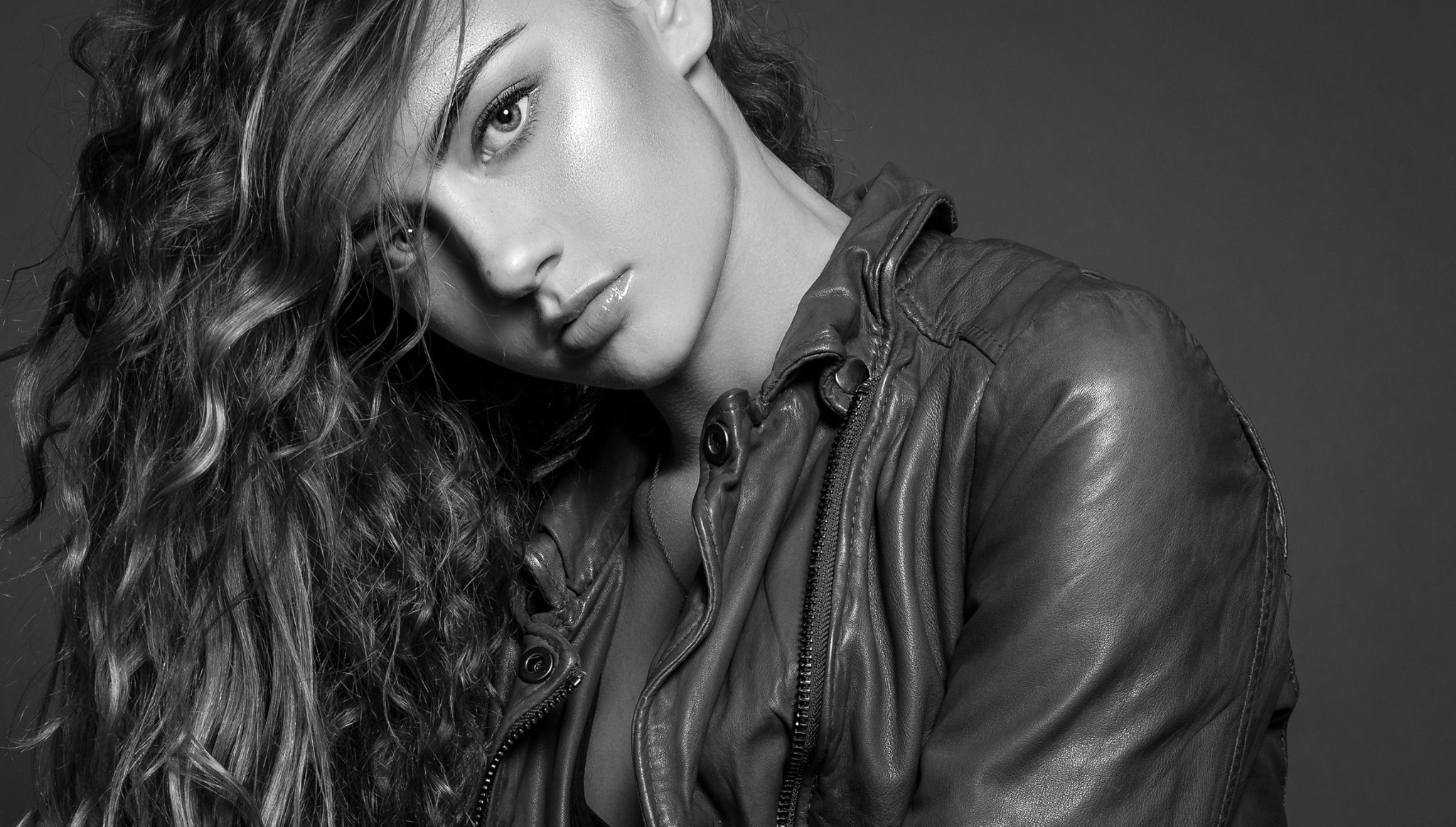A “call sheet” is an important document in a fashion photoshoot. In fact a call sheet can be used for any type of photoshoot, whether casual or well planned. Unless it’s specifically agreed I create and send around a call sheet on every photoshoot.
But what is a call sheet you ask? It’s simply a document that spells out the details of the photoshoot. The photographer, or the individual organizing the photoshoot creates the call sheet. It’s sent to all participants. Although I use a template created in MS-Word, it can be in any form or format – an email, a blog post, a pdf, etc. etc. The form is not as important as the information contained.
At minimum the call sheet should outline the important details such as the time to meet, the people involved, what role each person plays, where the photoshoot is held, etc.
Here is what I put on my standard call sheet:
Theme / Concept – this is a simple description of the mood / concept / theme of the photoshoot. An example could be “Editorial Fashion Shoot for Submission”, “Beauty Styled Headshots”, etc.
Date & Time – Day, date & time of the photoshoot. If your creative team is coming from out of State or country make sure you add your time zone.
Approximate length – The approximate photoshoot length. This is important in helping everyone plan their schedule especially if you have other gigs scheduled for that day or you have to plan a babysitter, pack a snack, etc.
Venue / Location – this is common sense, but surprisingly not always communicated. Where is the photoshoot going to take place? Again, it helps for planning. Will there be power? Will there be a place to go to the bathroom or change? The list is endless unless you know where the shoot is going to happen.
Address – provide the exact address. Provide some narrative as well. As an example, “go into the blue door on the south side of the building”, “come in the main door with the sign in the front and up the set of stairs on the right”, “park in the open lot across the street & parking is free on Saturdays”. The goal is the make it as easy as possible for your creative team which helps make a more enjoyable shoot
Price / Rate – I simply put, “TFP”, “as previously agreed in our correspondence”, “per the agreed rate sheet”, “all creative team members paid as agreed”. I don’t put the exact rate on the call sheet because it’s going to others on the team and what you pay or will be paid is not shared. I do however want to take all mystery out of the payment question to avoid “oh I thought this was a free shoot”
Call time – This is different from the time mentioned above. This is the time hair & makeup starts if it’s earlier than the shoot time. As an example when a photographer is being paid per hour you may want to consider having hair & makeup done before the photographer starts.
Creative team – everyone participating in the shoot and their role. I simply use: Photographer, Model, Hair Stylist, Assistant, etc.
Primary contact’s phone number – the cell phone of the person coordinating the shoot. Almost always that’s my phone number
Primary contact’s email address – same as above.
Image usage – I do this for every shoot, even for casual shoots. I bullet point exactly what the photos can be used for and sometime what they cannot be used for. Examples are: “Creative team’s portfolio”, “Creative team’s social media”, “Agency websites”, “No images may be published on social media until after publication”, “Behind the scenes photos may be taken and put on social media”, “Delivered photos may not be re-edited or cropped”, “Photo may not be used for commercial purposes”, etc. I try to be as detailed as possible. This is super-important and often required for a paid or commercial shoot.
Bring / Wear – This tells your model or fashion stylist what clothing to bring. You may need to be specific to the model and the stylist. If you have a mood board it can be simply, “clothing consistent with the agreed moodboard”. For more formalized shoots you will likely have already discussed the shoot with the stylist but it’s always nice to have it re-documents. Also include the number of looks.
Makeup details – I use this to say who is responsible for makeup and how the model is to arrive. Should the model come in makeup already good to go, or bare faced. Often I put, “model to arrive in no makeup. Makeup will be provided by he makeup artist”
Hair styling details – same as with makeup.
Other information – this is a catch-all section. However, in this section I specific how photos will be selected, how may edited photos will be provided & the anticipate turnaround time on all call sheets. Other things sometimes added are details like; bring a snack, food will be provided, there is no Internet in the building, escorts welcome, etc. Again, I try to make the photoshoot as easy as possible by leaving all the pre & post photoshoot guesswork to a minimum.
Inspiration photos or moodboard – as mentioned you need a moodboard. I use Dropbox, Pinterest & a pdf moodboard depending on the shoot. I add the link in this section or send the pdf with the call sheet.
OK, seriously do you need a call sheet for every shoot? Of course not. However, I’ve always found it’s the easiest way to keep everyone on the same page, minimize uncertainty and help keep me organized. I would recommend that all my colleagues do the same thing.

